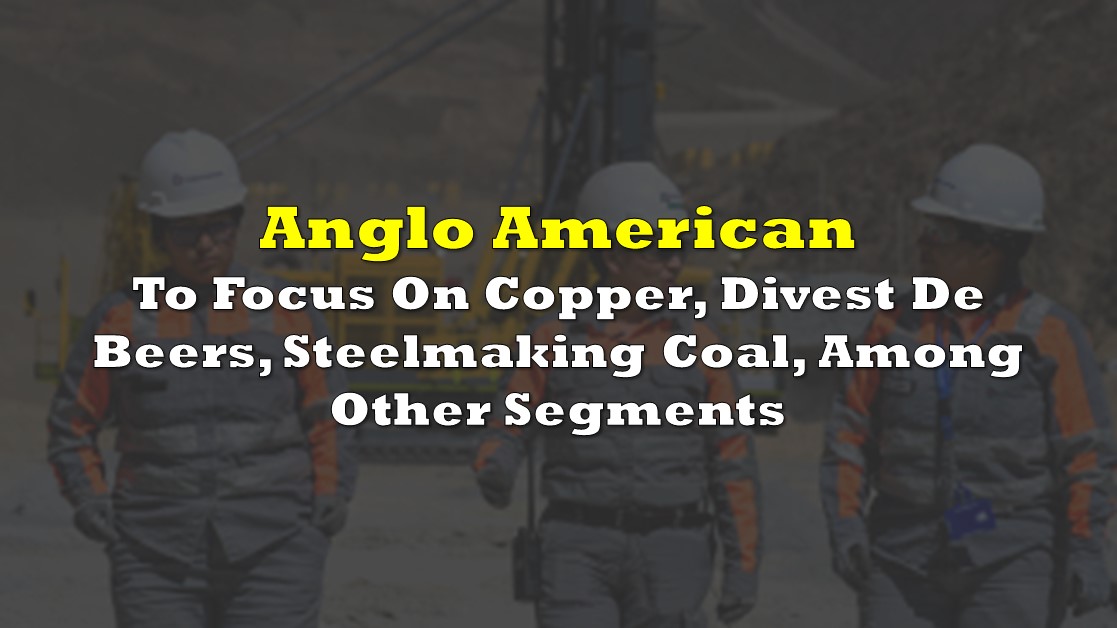In October, Anglo American CEO Duncan Wanblad assured top shareholders at a dinner that there were no “sacred cows” in the company’s portfolio. With the company now facing an activist investor and a takeover attempt from BHP Group, Wanblad must act on that promise by considering divestments, including its diamond business and reevaluating its fertilizer expansion.
Wanblad, who took the helm two years ago, initiated a companywide asset review last year, signaling potential divestments and project cancellations.
Anglo American, founded in 1917 by mining magnate Ernest Oppenheimer, has a long history of diverse assets but has narrowed its focus to mining, with major businesses in copper, iron ore, steelmaking coal, platinum, and diamonds, along with an emerging interest in fertilizer.
Earlier this month, BHP launched a £31 billion ($38.8 billion) takeover bid for Anglo American, which was promptly rejected for undervaluing the company. BHP then increased its offer by 15%, only to be rebuffed again.
For the past decade, Anglo American has traded at a discount compared to its peers. With the now released break-up plan, the company aims to remove that discount.
Under the break-up plan, Anglo has indicated that it will sell off its interests in diamonds, steelmaking coal, and platinum. The firms coal division is to be divested and is reportedly responding to strong buyer interest, while its platinum segment is to be demerged in a manner that optimizes value for both Anglo American and Anglo American Platinum shareholders. De Beers, too, is set to be divested, while the nickel segment will be either placed into care and maintenance or divested.
Despite its iconic status, De Beers contributed just 1% to Anglo American’s $10 billion earnings before interest, taxes, and depreciation last year. While selling De Beers may attract attention, it isn’t expected to significantly improve the company’s financial health.

Moving forward, Anglo is set to focus on three core segments, being copper, premium iron ore, and crop nutrients. The change is expected to simplify its portfolio of world-class assets, which include three of the top ten producing copper mines in South America, setting the company on a path for over 1 million tonnes per annum of copper production. The copper segment is expected to account for 54% of pro forma production from Anglo.
For the iron ore segment, Anglo has said that it will be a focused producer of “100% premium product, ideally suited to support steel decarbonisation.”
The more critical issue is the Woodsmith mine, a $9 billion project in northern England aimed at mining polyhalite, a mineral used in fertilizer, as part of the crop nutrients segment. This massive project, including a 37-kilometer tunnel to transport polyhalite, was championed by former CEO Mark Cutifani.
However, the high costs associated with Woodsmith are straining Anglo American’s finances, with the company previously planning $5.7 billion in capital expenditures over the next two years. If the company remained on this path, over $29 billion would have been spent on capital expenditures by the end of 2025. Capex for the crop nutrient segment is now reduced to $200 million for 2025, with no capex in 2026.
The changes overall are expected to result in EBITDA margin increases from 31% to 46% on a 2023 pro forma basis, while costs will be $1.7 billion lower. Anglo also expects to have a debt ratio of less than 1.5x net debt EBITDA leverage, while the 40% dividend payout rate will be maintained.
Information for this story was found via Bloomberg and the sources and companies mentioned. The author has no securities or affiliations related to the organizations discussed. Not a recommendation to buy or sell. Always do additional research and consult a professional before purchasing a security. The author holds no licenses.









